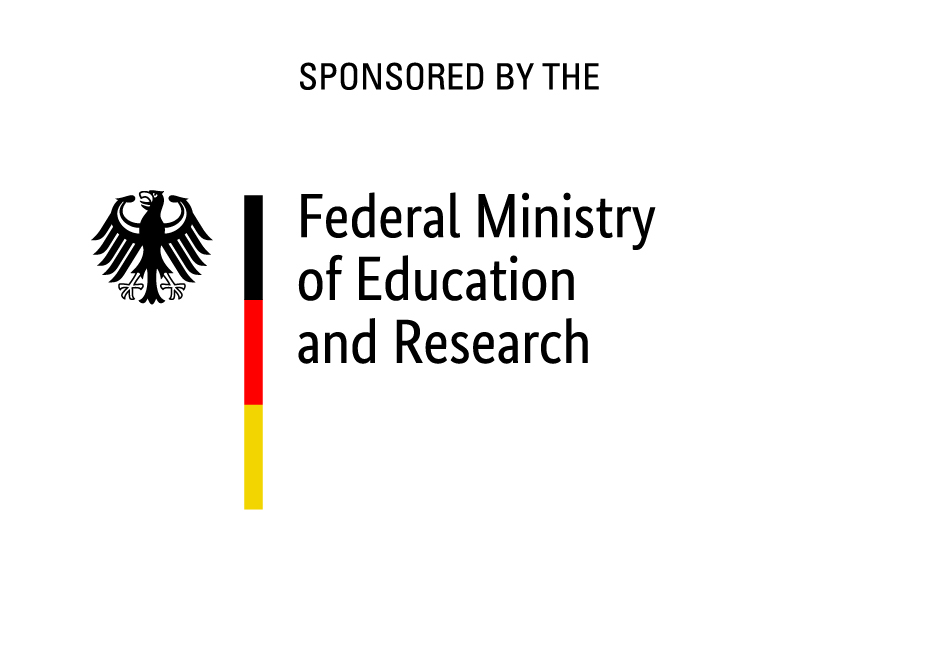
Efficient Quantum Algorithms for the Hubbard Model (EQUAHUMO)
Motivation
The Hubbard model plays an important role in the description of quantum materials. In two dimensions, this model is intended to capture the essential physics of high-temperature superconductors (applications for it exist, for example, in power supply or medical diagnostics). In addition, novel non-silicon based materials for potential applications in electronics ("spintronics") are often described by the Hubbard model or models derived from it. Thus, it is also relevant for other industrial applications. Solving the mathematical equations for the Hubbard model with classical computers is very difficult because the resources required grow exponentially with system size. However, quantum computers could overcome this hurdle and provide solutions in much shorter time.
Goals and approach
The goal of the project is to develop efficient quantum algorithms for Hubbard models at finite temperatures. To this end, problems could be solved that cannot be handled by classical computers. In this context, algorithms will be developed to compute both static and dynamic material properties (e.g. optical properties or transport properties) for analog or digital quantum computers. The expertise of the partners in quantum computing, quantum algorithms and many-body physics will be used to realize the different building blocks of the algorithms.
Innovation and perspectives
The efficient solution of the Hubbard model is considered one of the most relevant open questions in modern physics and will have a profound impact on, among other things, the future design of functional materials. From a scientific perspective, this will deepen the understanding of many physical phenomena, including high-temperature superconductivity, and will possibly lead to the discovery of new phenomena. From a practical perspective, the Hubbard model could become a standard tool to describe quantum materials.

Project details
Program
Quantum Technologies – From the Basics to the Marketplace
Funding
Application network for quantum computing
Project volume
3.9 million euros (80.1% funded by the BMFTR – formerly BMBF)
Project duration
1 Jan 2022 – 31 Dec 2024
Project partners
- Max Planck Institute of Quantum Optics, Garching b. Munich
- Friedrich-Alexander-University Erlangen-Nuremberg, Faculty of Natural Sciences, Chair of Applied Physics, Erlangen
- Technical University of Munich, Physics Department, Garching b. Munich
- Quantinuum GmbH, Munich
Project coordination
Max Planck Institute for Quantum Optics
Prof. Ignacio Cirac
E-mail: ignacio.cirac(at)mpq.mpg.de